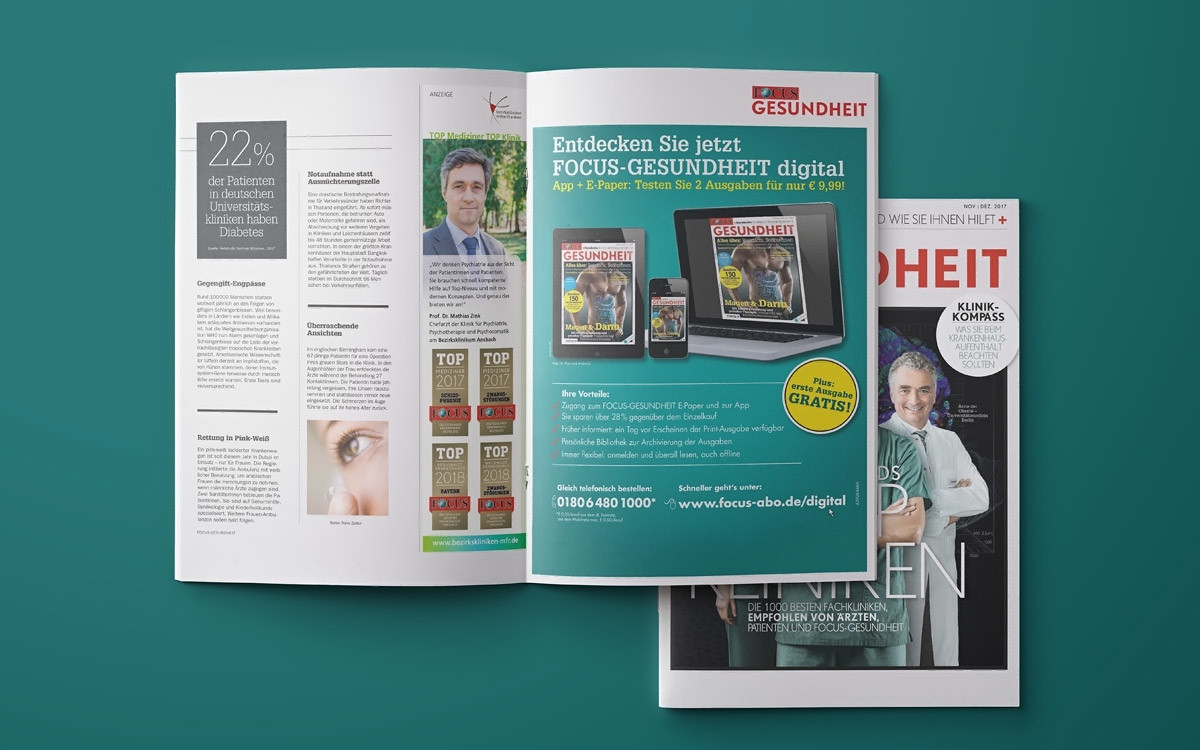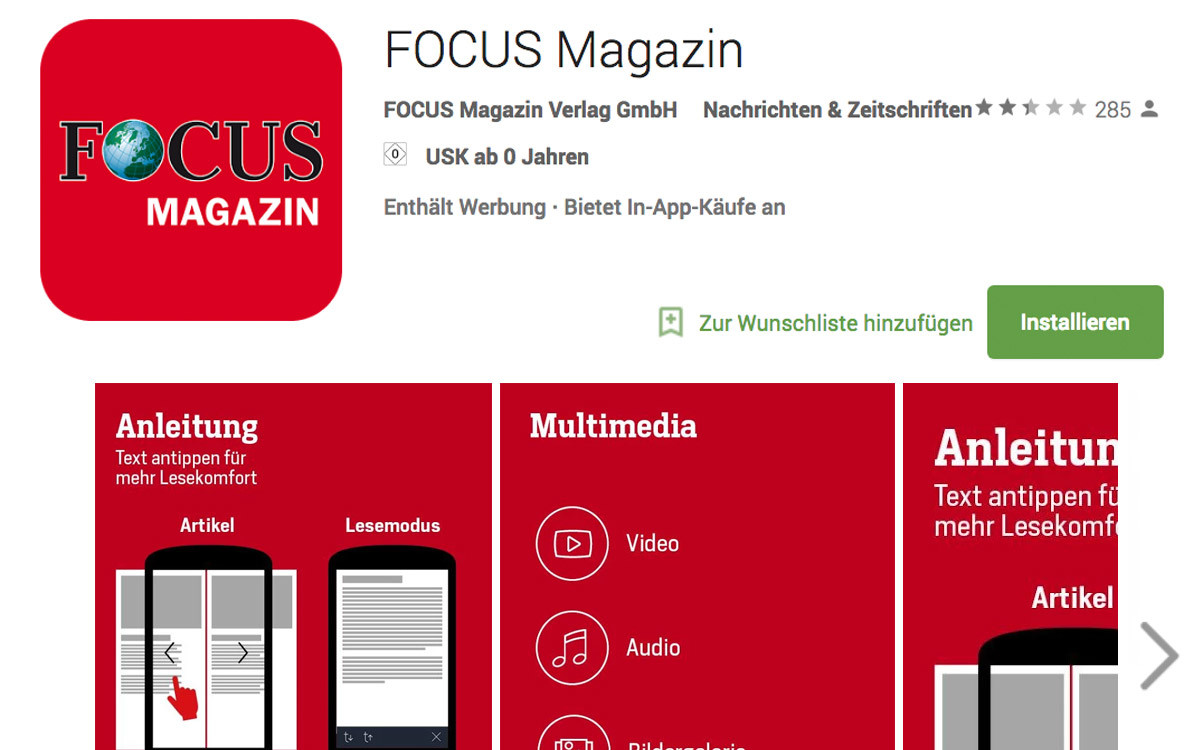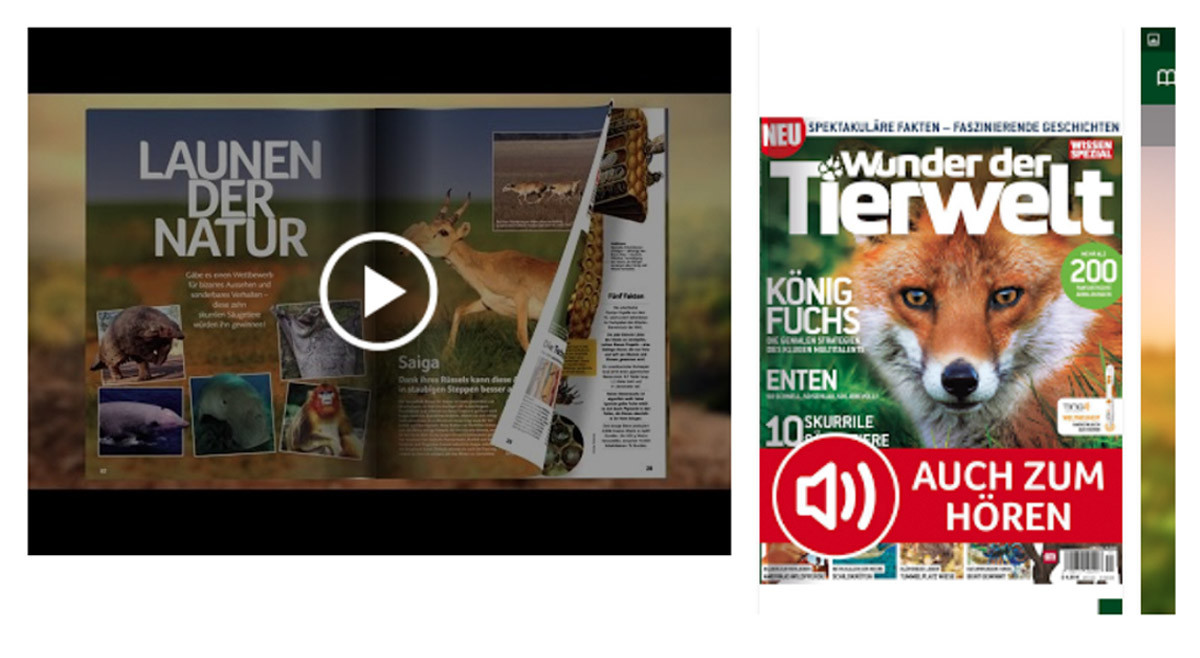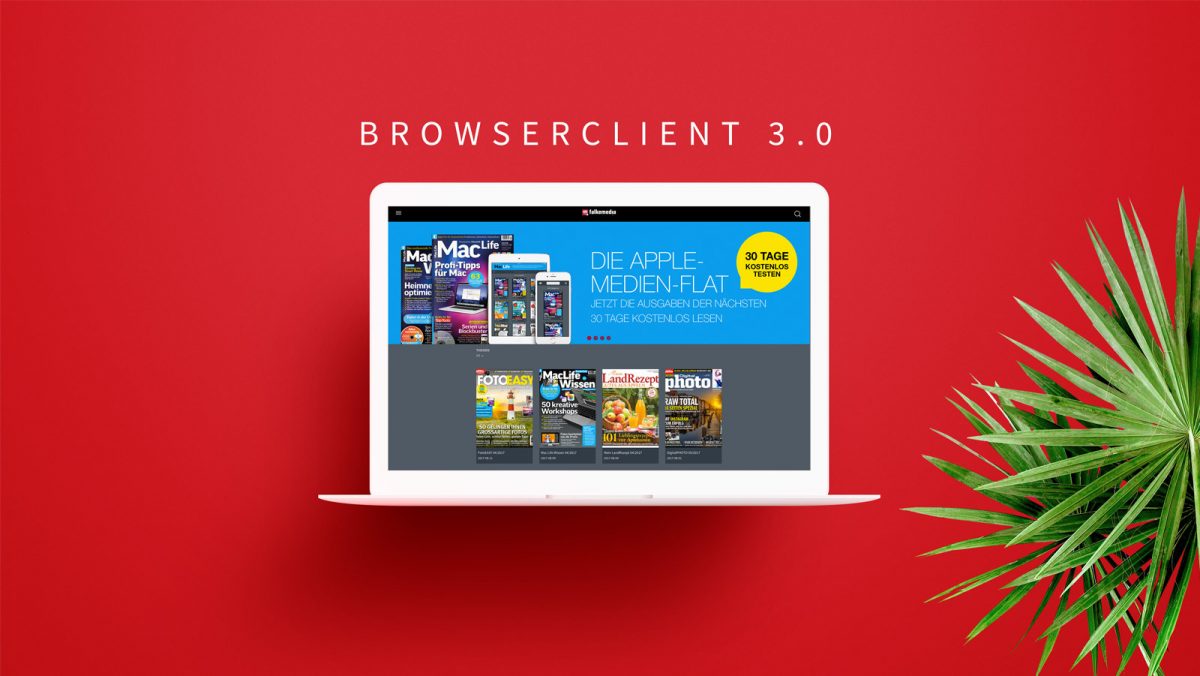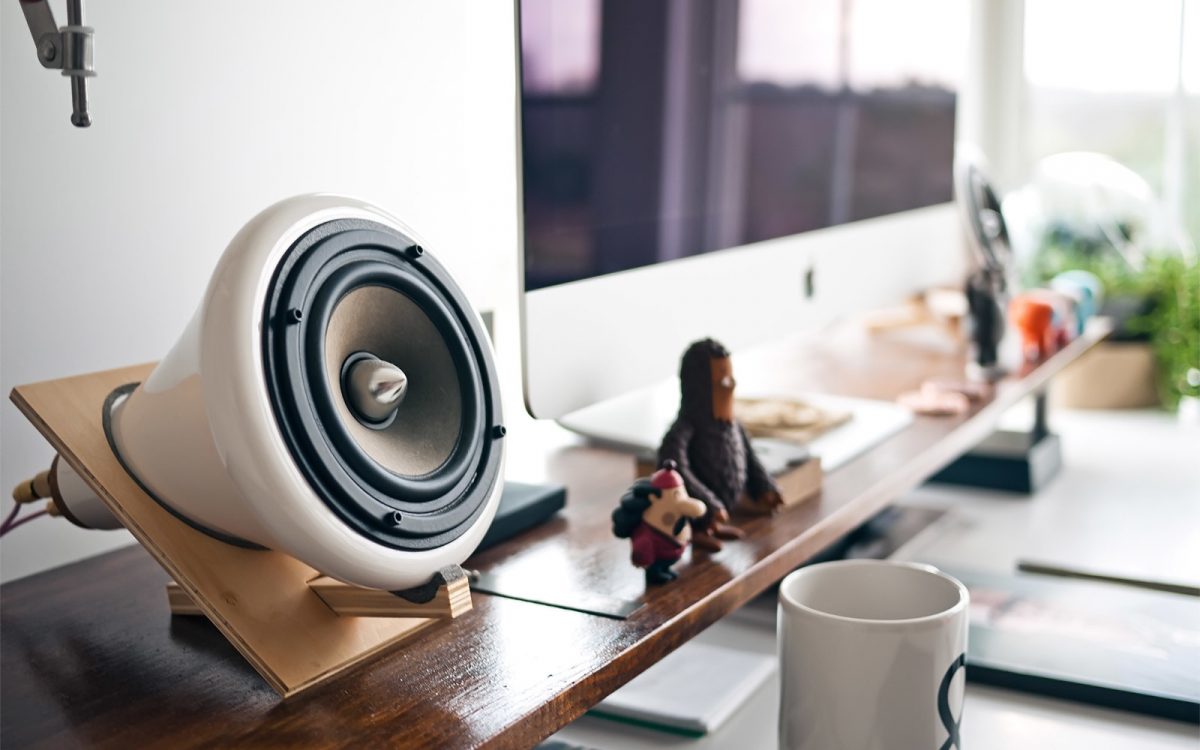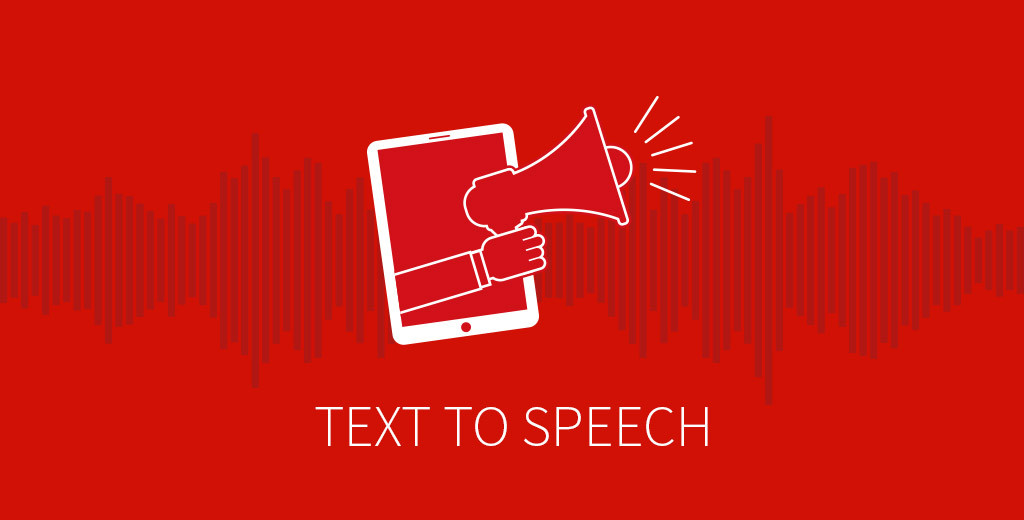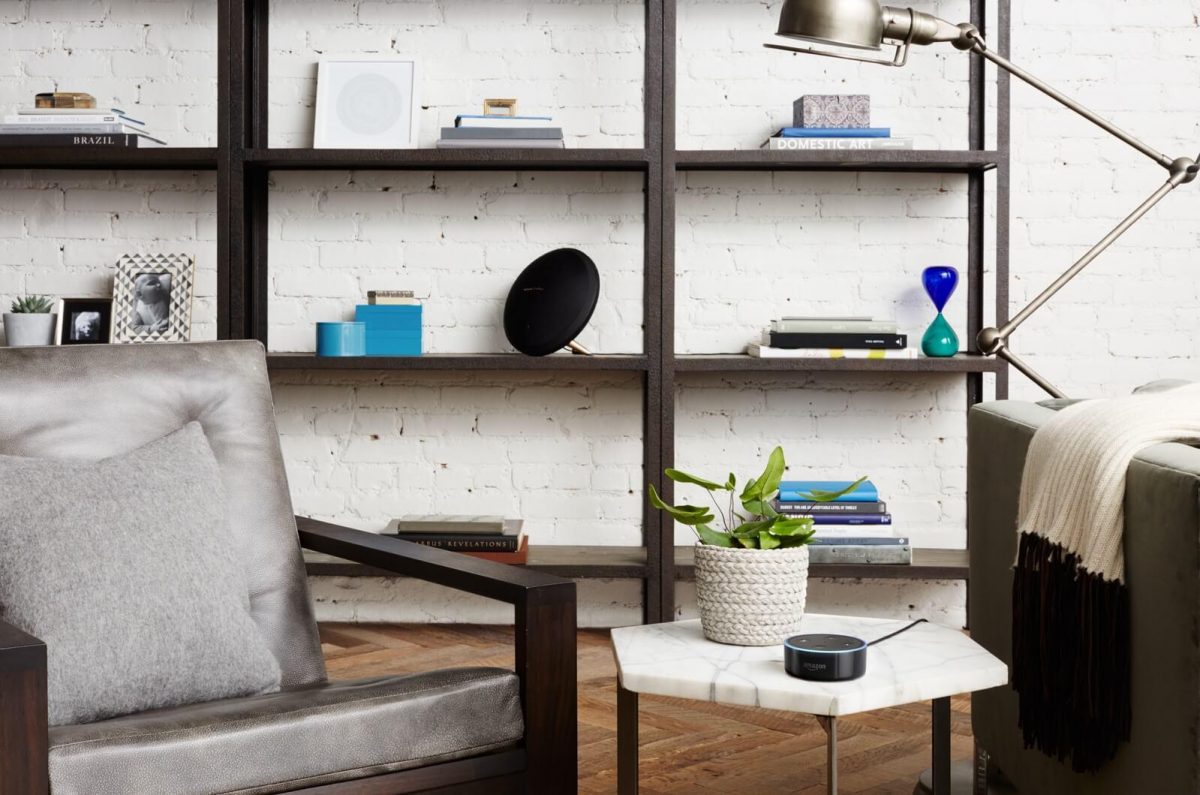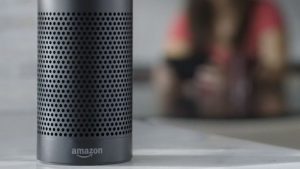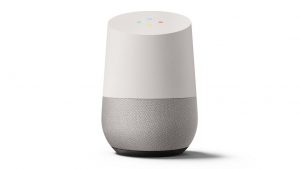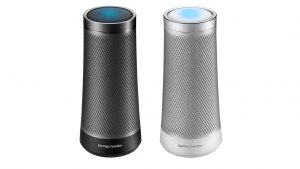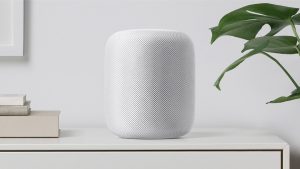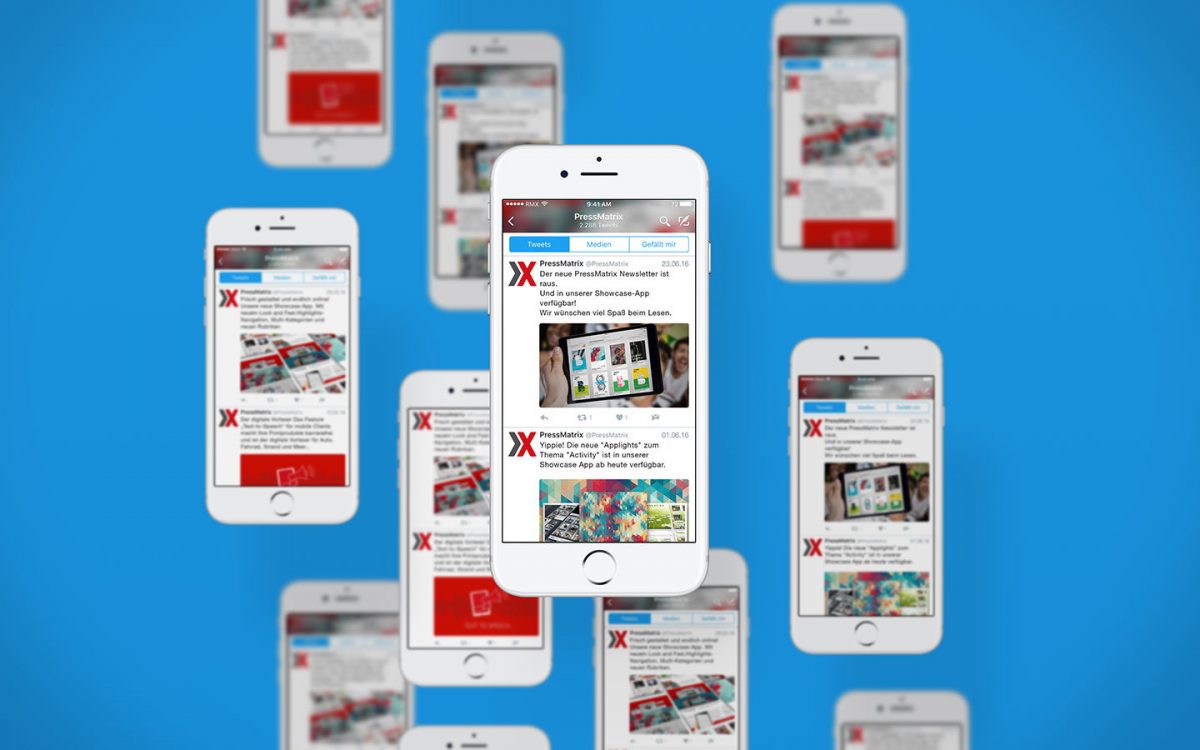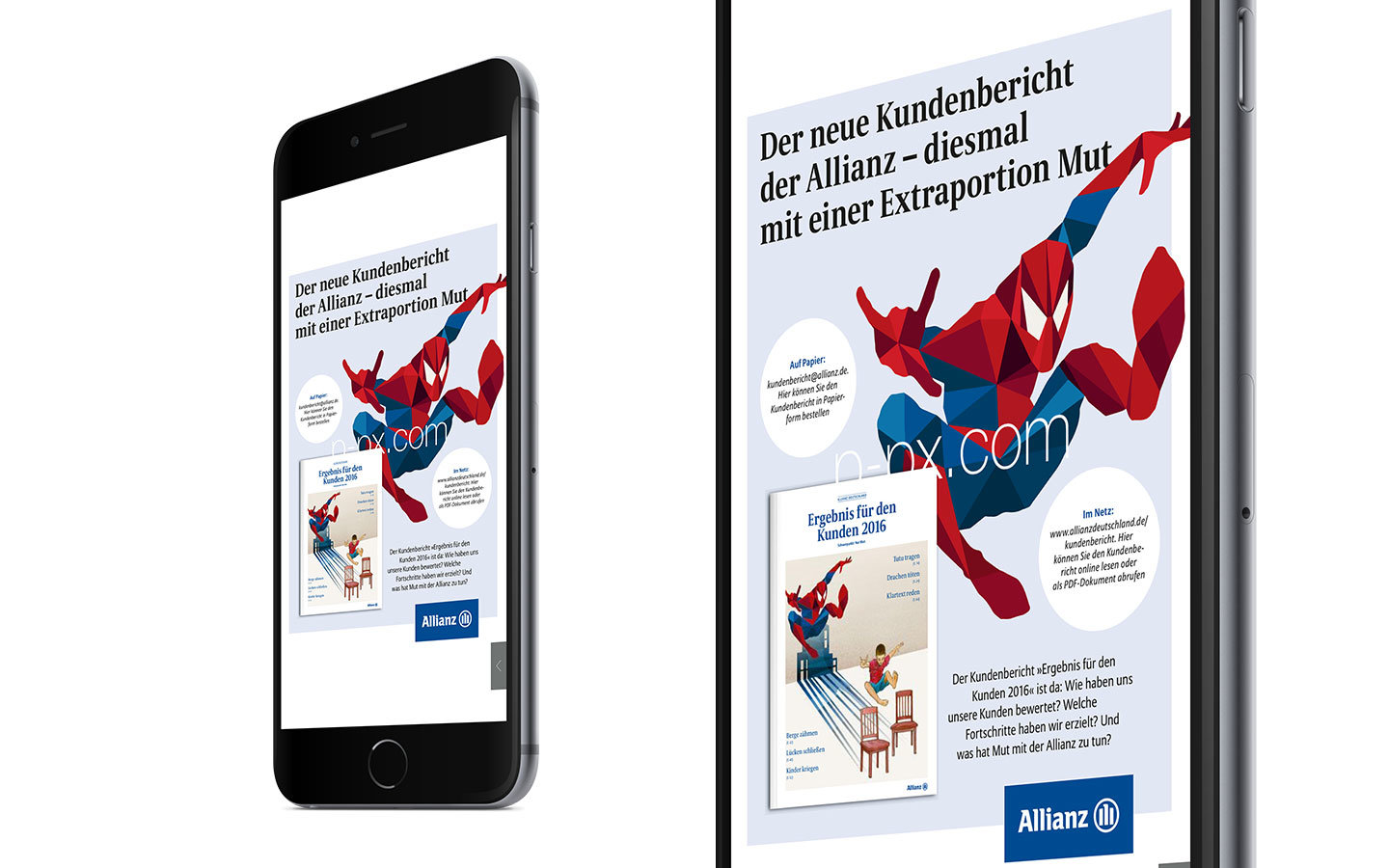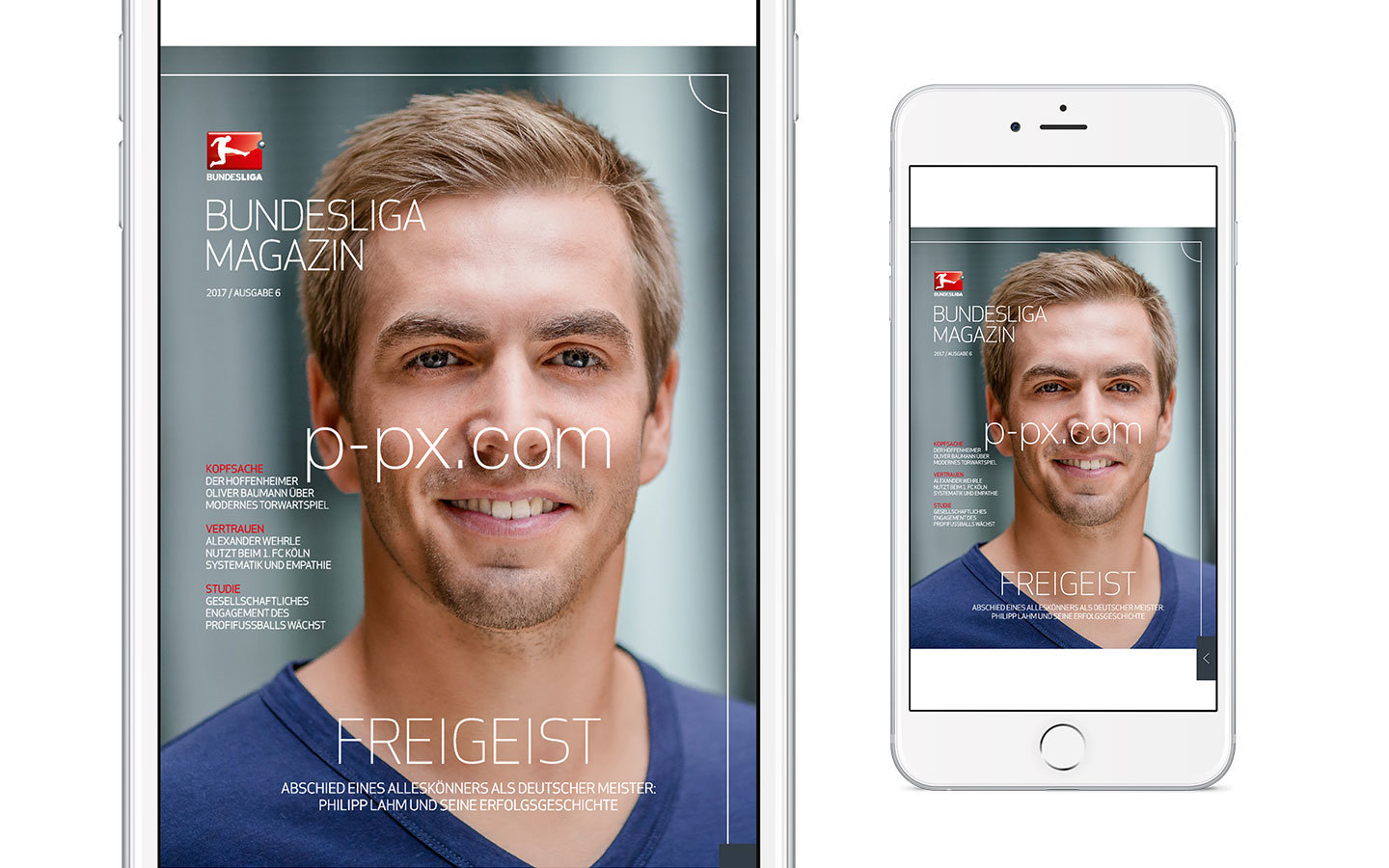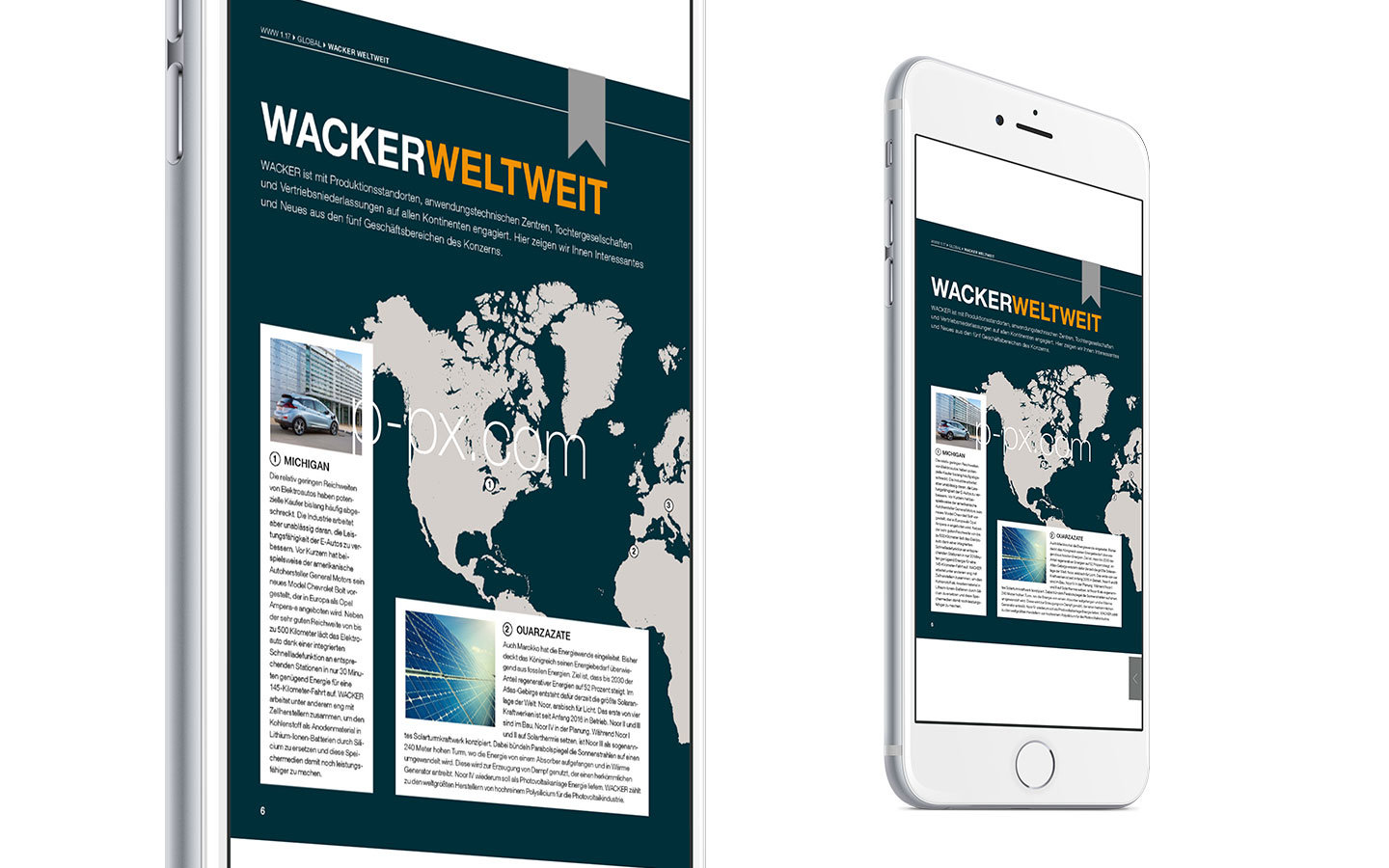In recent years, the evident trends in marketing and commerce are all towards artificial intelligence and automation.
The goal is to address the user as individually as possible and create the best possible product experience. This includes customised service offers and individual customer journeys through the online shopping world, as well as technologies and applications that make everyday life easier and more efficient.
Here we illustrate four trends for companies to watch out for in 2018.
More technology, more time
Collect data, evaluate it, pass it on, and finally match it. Of course, automation is not promoted for its own sake. Rather, it serves the basic idea that a positive, individually tailored customer experience – be it shopping or the response to a customer service request – leaves behind an equally positive impression (and also a feeling). This in turn creates a close, trust-based connection to the brand or the company. Consequently, the customer will primarily buy products of this brand, now and in the future.
(study)
We are already in the middle of a development that aims to simplify everyday tasks. Be it shopping from the sofa, fully automatic washing machines and kitchen appliances, remote-controlled heaters or financial advice via app, there are currently numerous technologies and applications to help optimize our resources and save time for essentials – reading a magazine, for example.
Trend 1: E-commerce was yesterday – now it’s automatic
The truth is that these days we can have products from other countries delivered straight to the front door within a few hours, even by robot – or in the near future flown in by a drone, wherever we happen to be.
We are offered a choice of ten different payment options, but what initially sounds like a good service actually overwhelms many customers and lengthens the buying process unnecessarily. In order to simplify the buying process and make everyday life easier for users, automisation is being implemented more and more, which means that e-commerce is increasingly giving way to a-commerce (automated commerce).
A-commerce does not mean giving the customer a packed wardrobe thanks to individually suggested garments on the shopping page (although Zalando does plan to revolutionize that in the coming months). An example that you may be familiar with is the Amazon Dash buttons which allow you to place your order (e.g. your favourite razor blades) directly from the bathroom at the touch of a button.

Trend 2: Support thanks to smart assistants
Alongside creative ideas in the commercial sector, intelligent lifestyle technologies and assisted development are in demand. These should not only support everyday life, but also embody a new attitude towards life, perhaps even a new attitude towards adulthood. In the course of a globalized, digital world, many people are enjoying more freedom and gaining a new perspective on adulthood. Instead of settling for stability with a secure job and starting a family, people have less fixed, more open approaches to their futures.
Many first go travelling to find themselves, then spend years testing out the professional world before settling at some point – or not. Other values are associated with this approach to life such as lifestyle, freedom, independence, work-life balance, but also money and a higher level of consumption.
The new adulthood is supported by Smart Home Assistants with apps for health, finance, and coordinating appointments or through innovative co-living spaces – areas where new products and offers are added almost daily.
Intelligent refrigerators that let you know when the milk has run out, app-controlled hotplates which regulate the heat themselves, and search queries via speakers help to manage small tasks as they come up in a straightforward manner.
Thus a whole new way of living is evolving. Working singles with aspirations share creative luxury flats equipped with high-quality appliances, integrated sports-centers and plenty of common areas for networking – starting at the breakfast table. It’s independent living, popular not least because no one can afford an apartment in larger cities.
Mirrors with built-in assistants are truly smart, providing each flat-mate with their individual appointment schedule, emails, a personal news-feed and camera functions – all perfectly integrated into day-to-day living. Everything can be controlled by voice or swipe function, of course.
Trend 3: Bots and Virtual Companions
When it comes to handling standard customer requests quickly and providing an all-round service, bots are simply unbeatable. And thanks to a mass of voice data from the speakers and the increasing learning ability of the little assistants, answers and response options are steadily improving – technology that will definitely find more uses in the coming year.
At the moment there is still a distinction between different bot-types. Service bots accept the first customer requests, e.g. on a website, and provide both help and orientation, while so-called social bots interact with users via messenger and social channels. Both forms follow prescribed dialogue processes and react to customer keywords. The action bots on the other hand are more sophisticated. With their help, , individual news tickers can be created and flights or entire trips can be booked, as with the bot used by the Dutch Airline KLM.
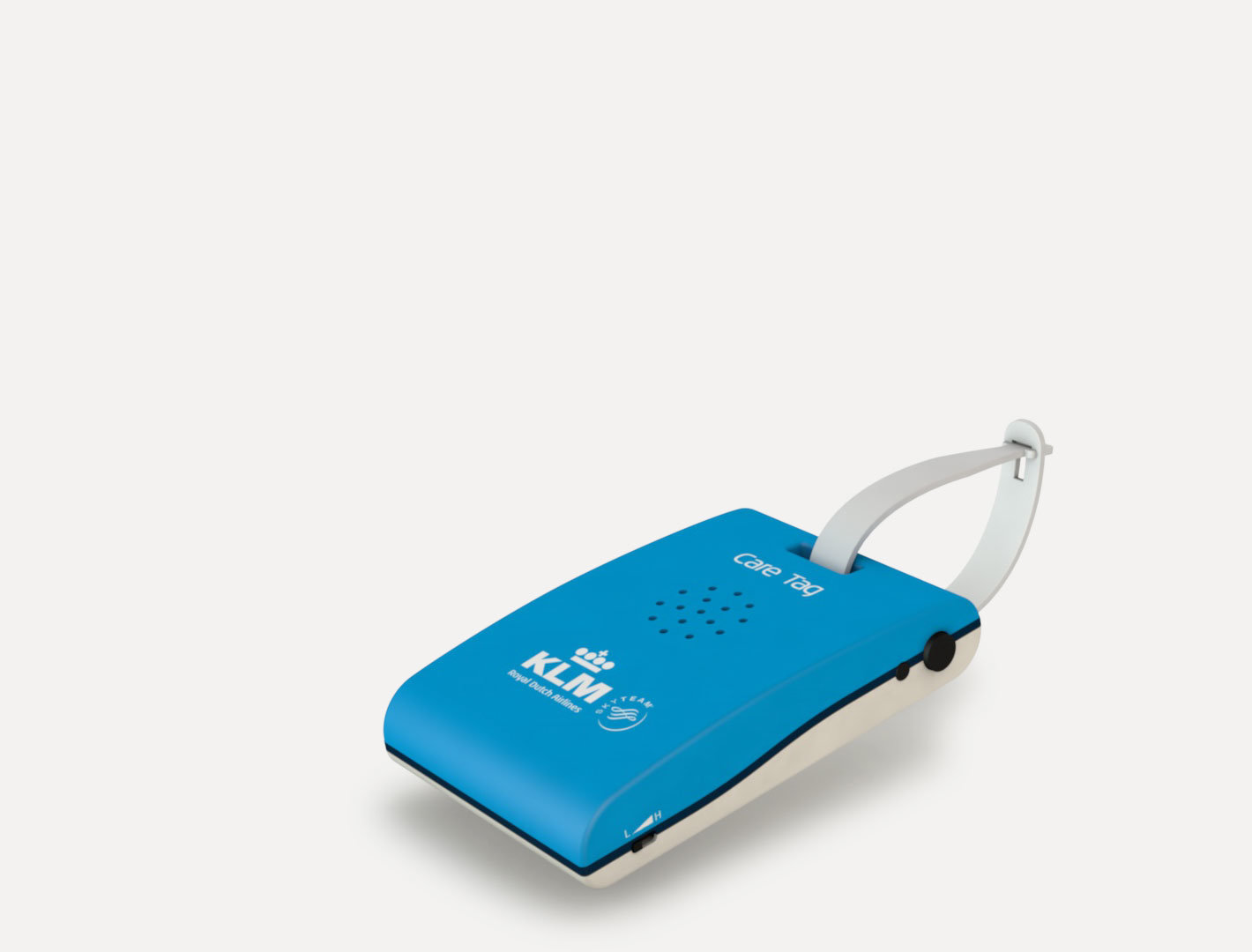
Smart assistants and bots are completely in sync with the zeitgeist. They satisfy the user’s needs by simplifying life and sometimes even entertain. Above all, they, or the brand and the company behind them, have earned the trust of the users. Which leads us to the last trend.
Trend 4: Transparency and brand positioning
To ask users to hang a mirror with an integrated camera and direct access to Facebook in their home, one needs their trust. Of course, this includes secure technology. Most importantly, users should know what kind of attitude, opinion and intentions a company has.
In fact, there is a trend here, indeed a movement, where companies that make their intentions transparent are particularly popular. Part of the trend includes taking a stand on current social and political issues, especially those that affect one’s own industry. This trend is in line with the new image of adulthood, too: what I buy makes me and is part of my identity. In such a context, dealing with mistakes and scandals should be as transparent and open as possible. Who wants to do an Uber?
For companies, it means clearly rethinking their attitude. Are we making a statement? What do we support? What bothers us? What do we want to get involved in? This is all part of the brand identity that should be lived by the company instead of just appearing on some flipchart. It includes distinctive statements and perhaps ones own voice, the latter in the truest sense of the word, considering the numerous opportunities in audio applications.
Conclusion
From automated commerce to smart assistants and companions to brand utility, all trends are based on developments which are already taking place with initial pilot projects or have already reached the stage where a well-advanced product exists. All such trends serve one goal: service, efficiency and identification with the user.
Companies should keep these trends in mind and understand the technologies as an invitation to build upon them and create truly relevant offerings for the users, which benefit both the users and the development of the company.
One trend is a continuation: In 2018, smart speakers will be added to many more living rooms. Do you know how to use this potential? We’ll tell you..



